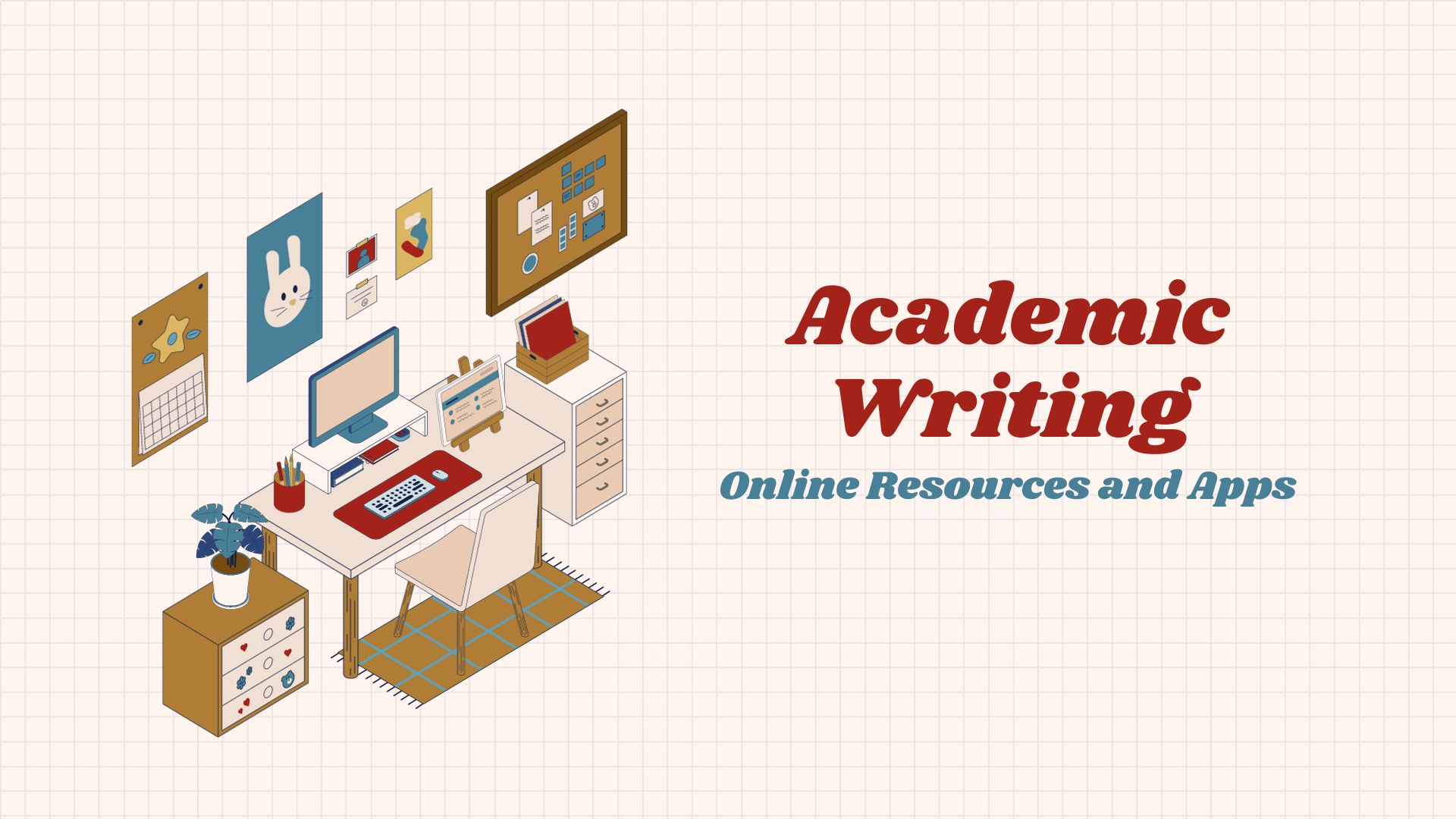Are Enterprise Apps Ready for Windows 10?
Getting enterprise applications ready for Windows 10 should be a relative piece of cake, said Chris Woodin, director of Microsoft Sales Operations at IT consulting firm Softchoice.
As Microsoft recently told eWEEK, 5 million participants in its Windows Insiders program, 30 percent of them IT professionals, have already tried out the new desktop operating system. “You can assume they've already started to check apps against it,” Woodin said.
An OS upgrade presents a great opportunity for an application rationalization exercise, he said. “Moving from one OS to the next is kind of like moving houses. It forces you to take inventory of what you have, so you can identify what you really need and what you should get rid of.”
Application rationalization offers obvious benefits, Woodin said, adding, “Would you rather test for compatibility on Windows 10 for 1,000 applications or for 300 applications?”
In general, Softchoice is finding commercially available applications are well prepared for Windows 10, probably because of the lengthy beta period, he said. The growing number of Web-based applications found in many enterprise environments should also simplify the upgrade process, he said, “because the only thing you have to worry about is the Web browser.”
Application Readiness
An “application readiness” approach, which means “having repeatable processes around testing, fixing and preparing apps” is the key to any successful operating system upgrade, said Maureen Polte, vice president, Product Management, for Flexera Software.
Like Woodin, Polte stressed the importance of conducting a rationalization exercise. Instead of waiting for an OS upgrade, though, enterprises should incorporate application rationalization into their day-to-day processes.
“Make your housekeeping efforts continuous,” she said. “When you get a new version of Visio, you need to look and see who is using older versions.”
Using automation tools makes it easier not only to identify and inventory apps but also to test them for compatibility and properly “package” them for end users, Polte said, noting that automation became more prevalent during the upgrade cycle from Windows XP to Windows 7, a huge undertaking for many enterprises because of the length of time between those releases and timing of Microsoft's end of support.
Employing an application readiness approach – with consistent processes and automation tools – also makes it easier to support apps in the current environment while preparing them for a new OS, Polte said.
In fact, she said, it makes it simpler for IT organizations to respond to any change.
“Change is always going to be happening, so you must be ready to anticipate it, whether it's a small patch or a major technology change,” she said. “It's a shift in mindset. You want to be able to say ‘What about that app in a Citrix environment? What if I want to virtualize it and make it avail on a BYOD device?' Application readiness is about future-proofing your apps and knowing they will be easy to manage moving forward.”
IT Attitudes Evolve
Windows 10 is part of a broader shift in attitudes among IT professionals, Woodin said, predicting that it may be the “last time IT organizations do a full rip-and-replace on the desktop image.”
IT once tightly managed the desktop OS to maintain control over apps and data. Now, however, Woodin said Softchoice customers are looking for opportunities to convert apps to the Web, which “makes it possible to make more regular, on-the-fly updates to the OS without IT having to worry it will crash the application.”
Softchoice is seeing a strong uptake of Office 365 among its customers, and many of those organizations are adopting Azure as well. “Moving on-premise workloads into Azure is the fastest growing part of our professional services business,” Woodin said, noting that application development and backup environments are among the first areas being moved to the cloud. A growing number of Softchoice customers are migrating some of their business intelligence workloads as well.
The release of Windows 10, along with the rapid adoption of Office 365, marks “a total philosophy change for the IT department,” he said.
Ann All is the editor of Enterprise Apps Today and eSecurity Planet. She has covered business and technology for more than a decade, writing about everything from business intelligence to virtualization.

Public relations, digital marketing, journalism, copywriting. I have done it all so I am able to communicate any information in a professional manner. Recent work includes creating compelling digital content, and applying SEO strategies to increase website performance. I am a skilled copy editor who can manage budgets and people.



